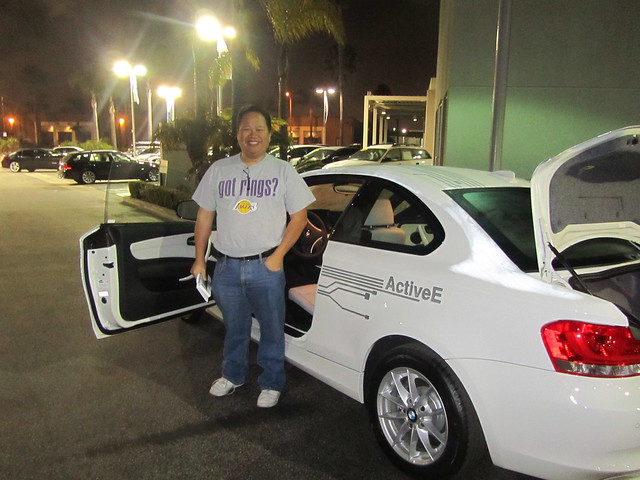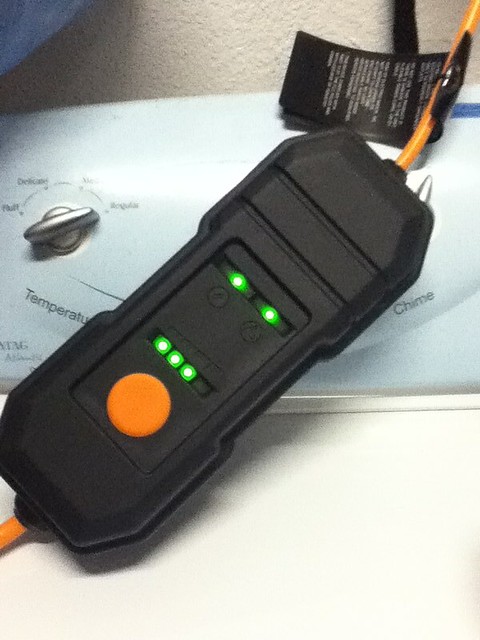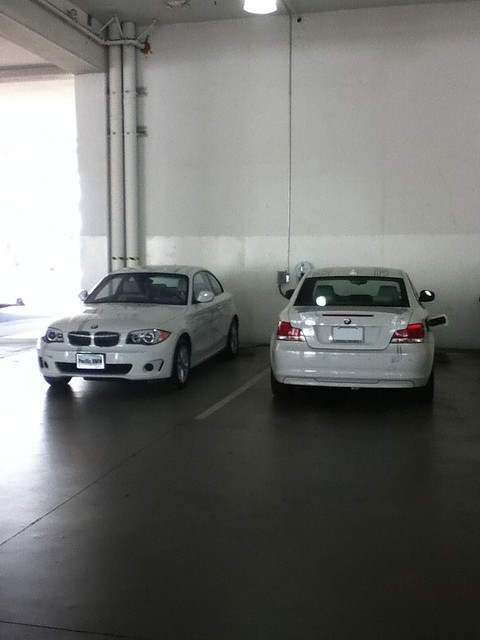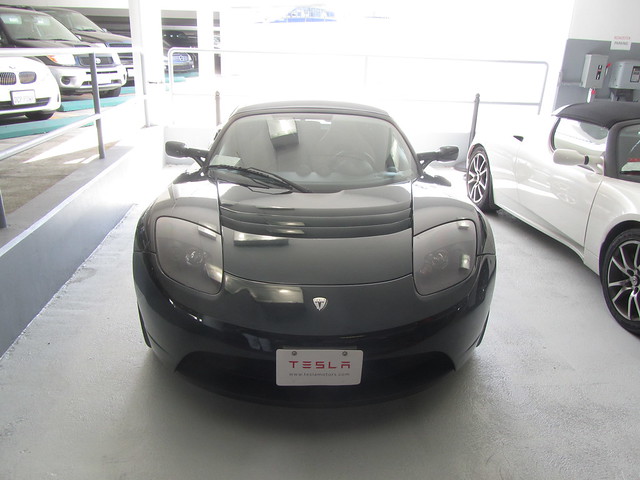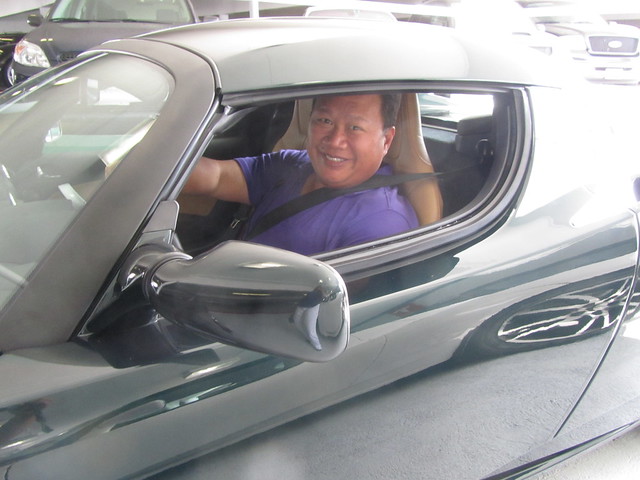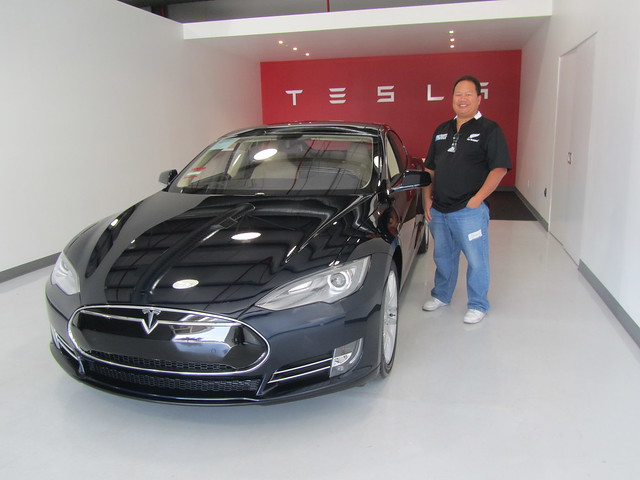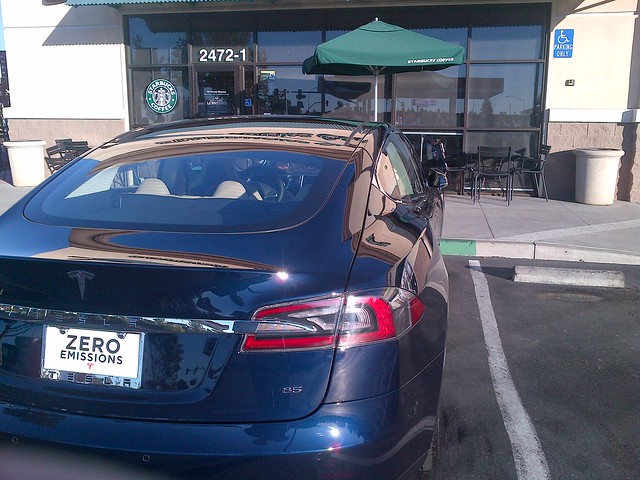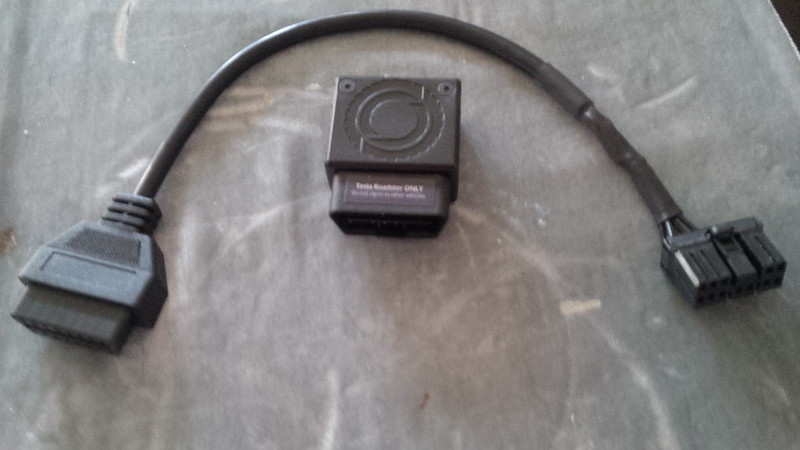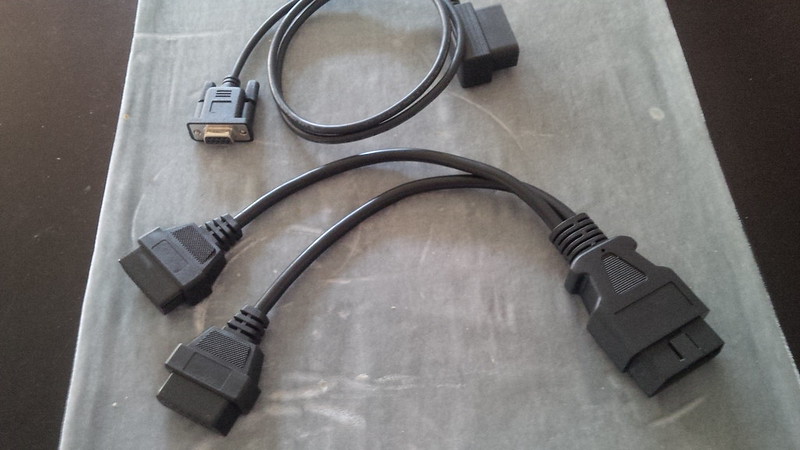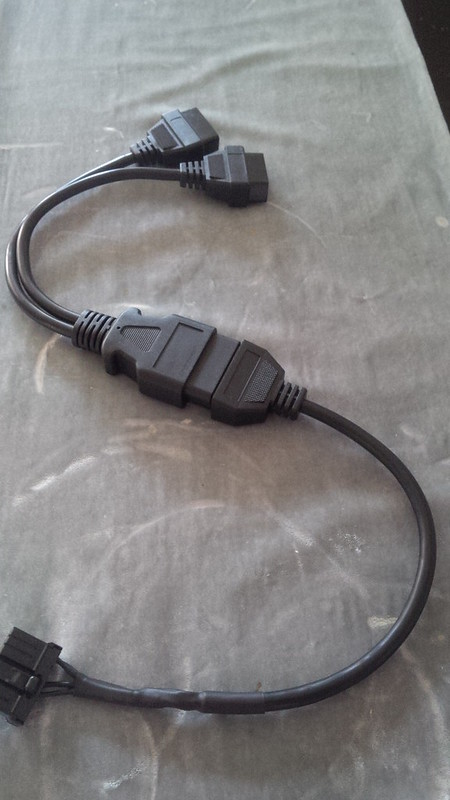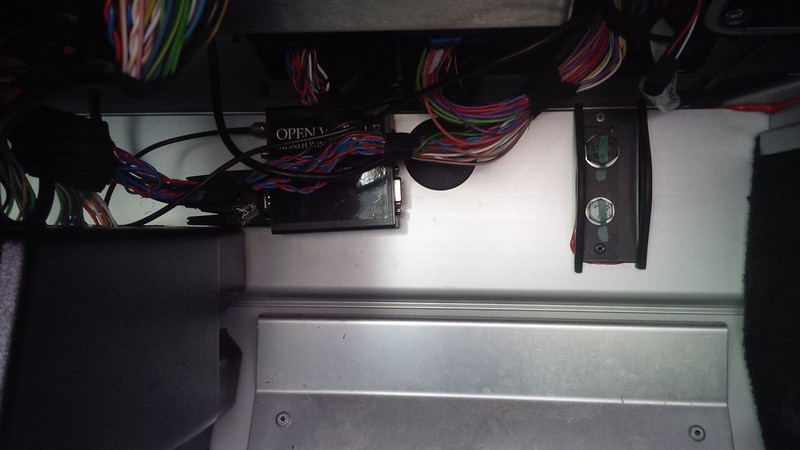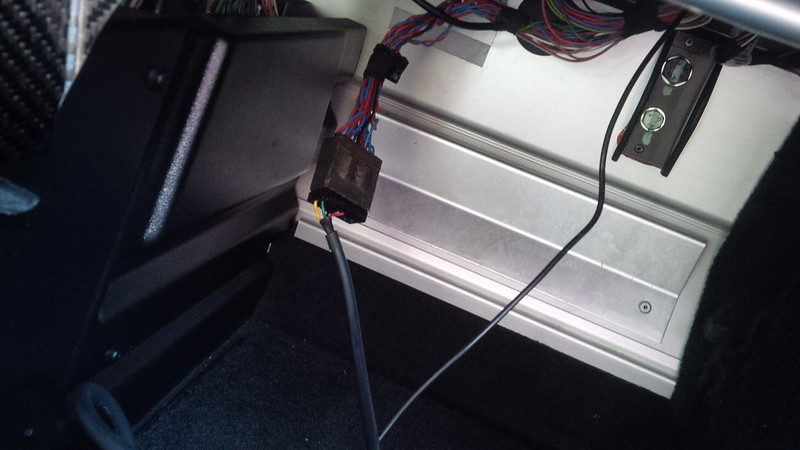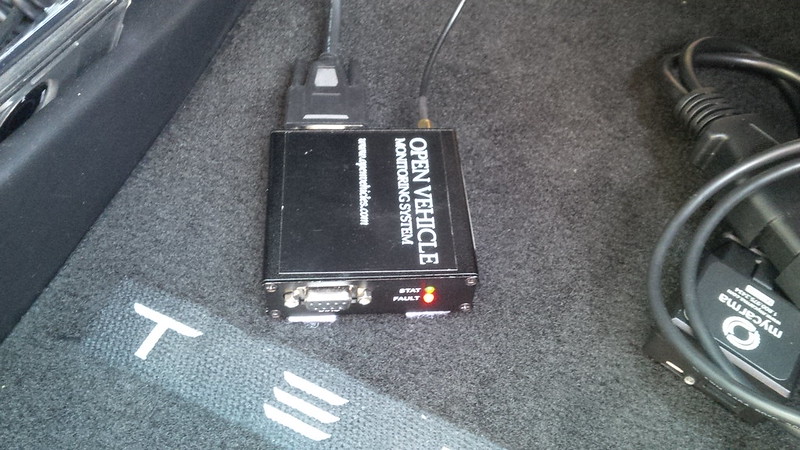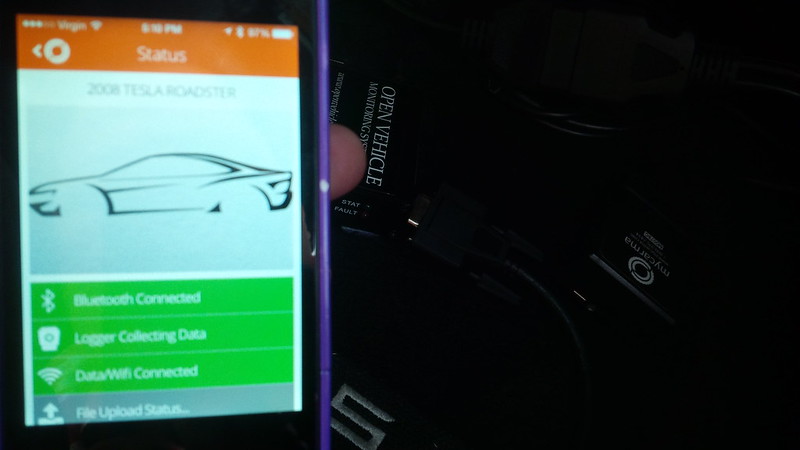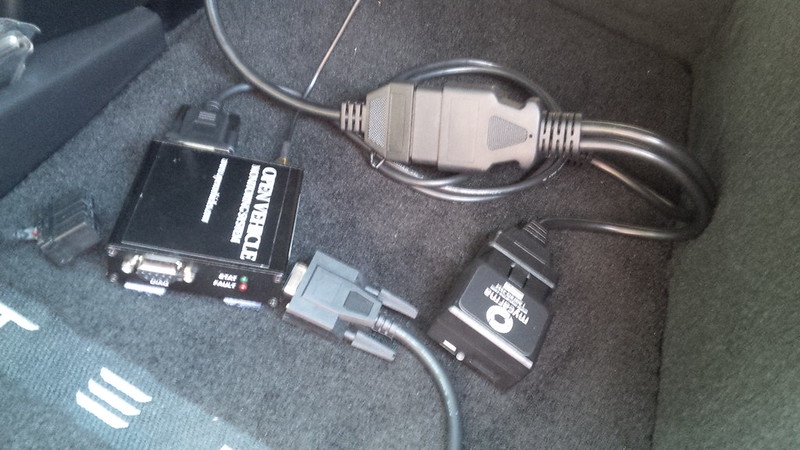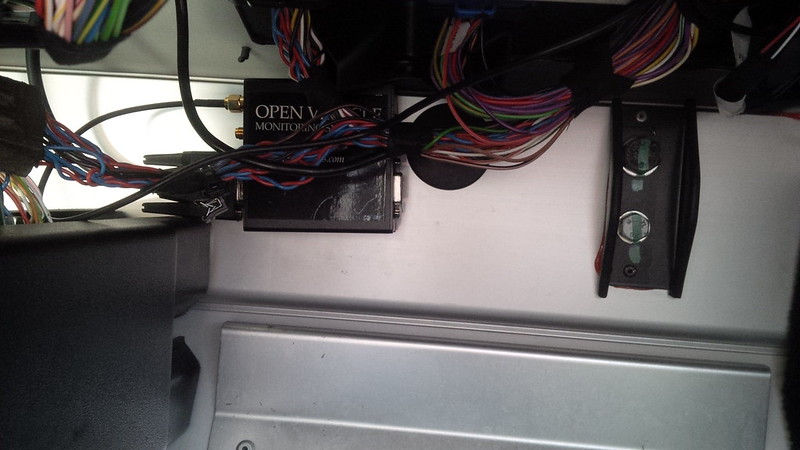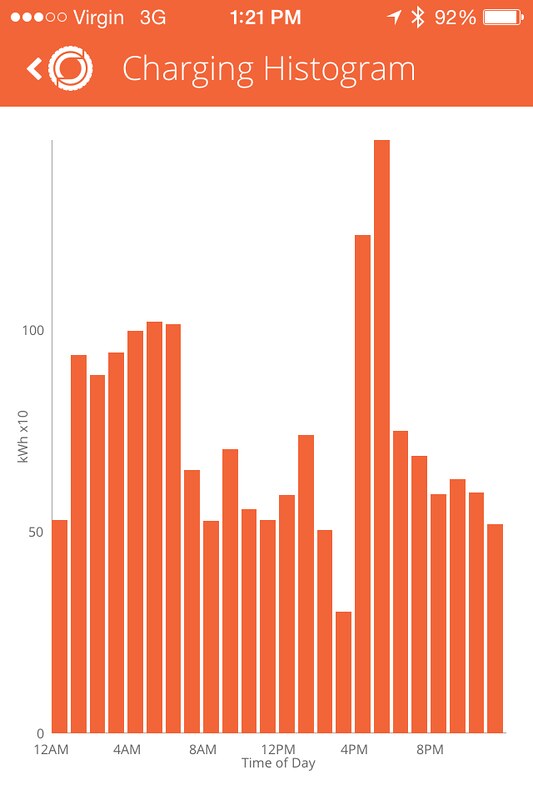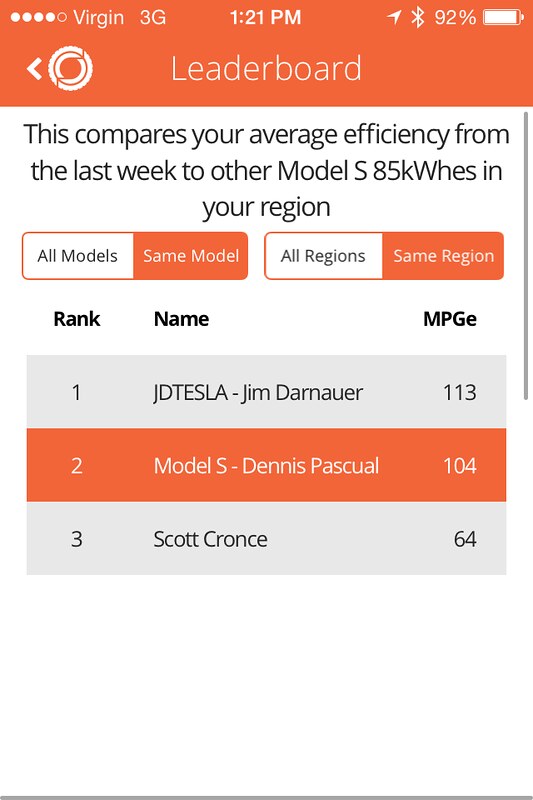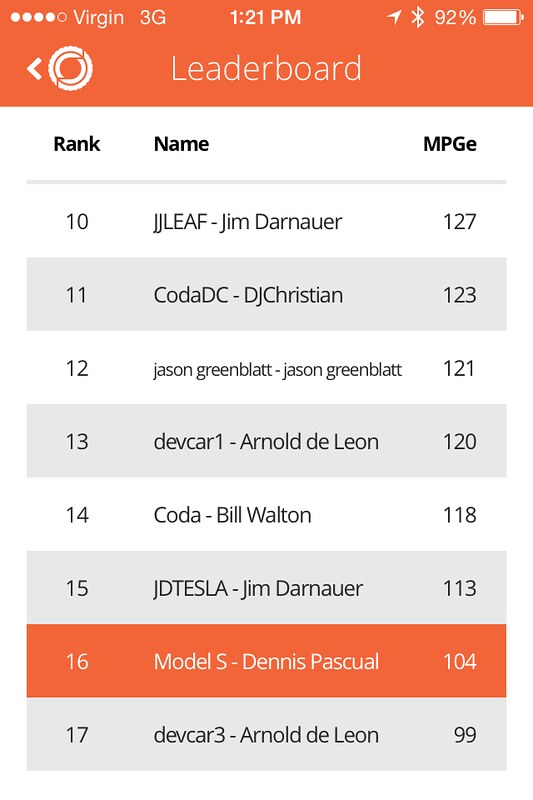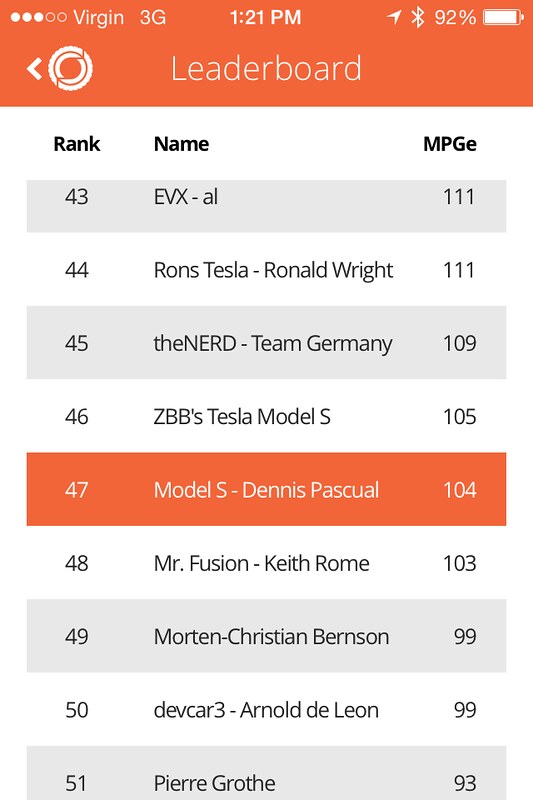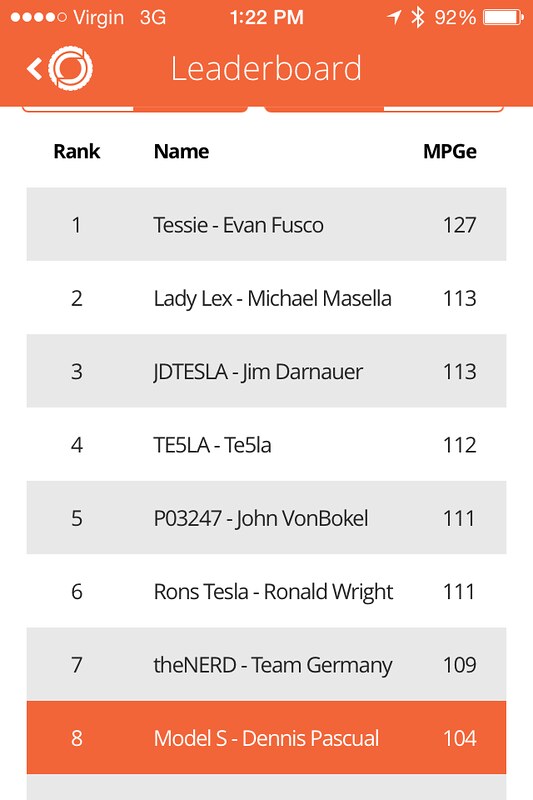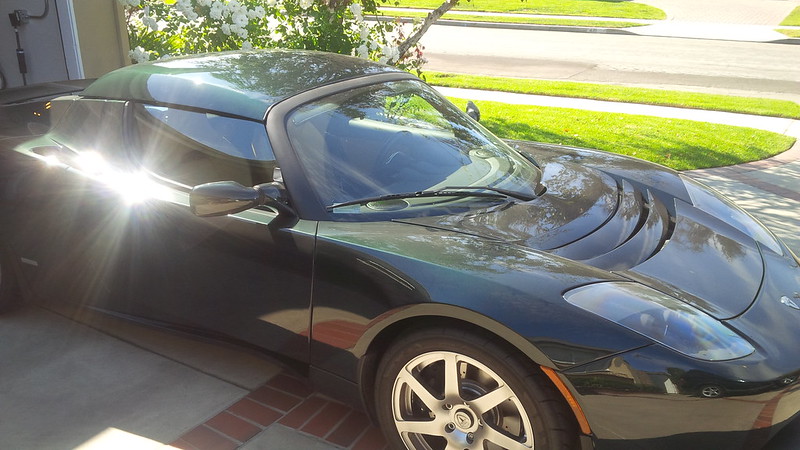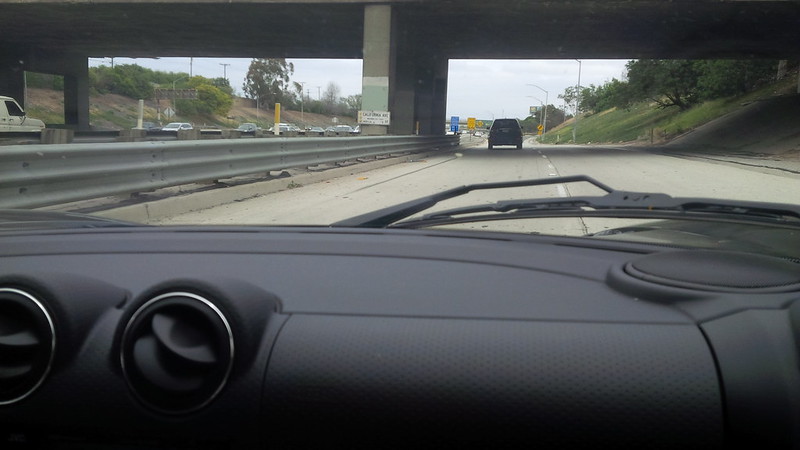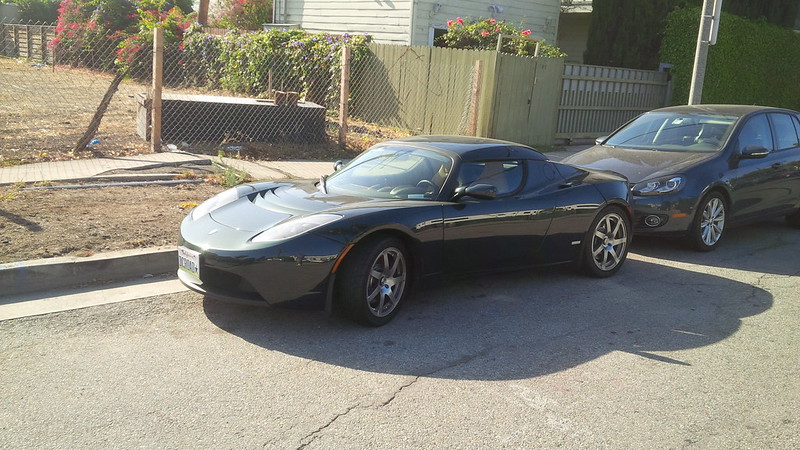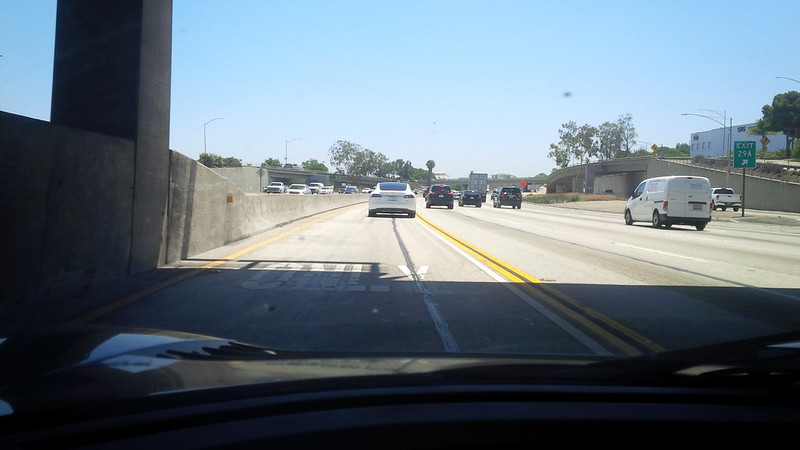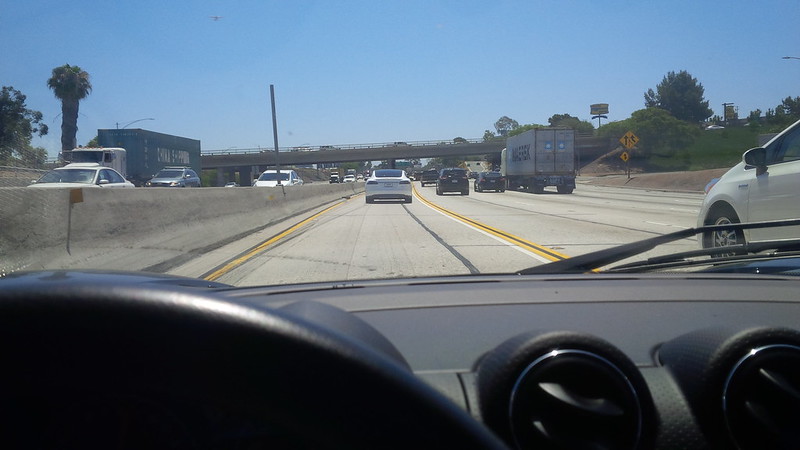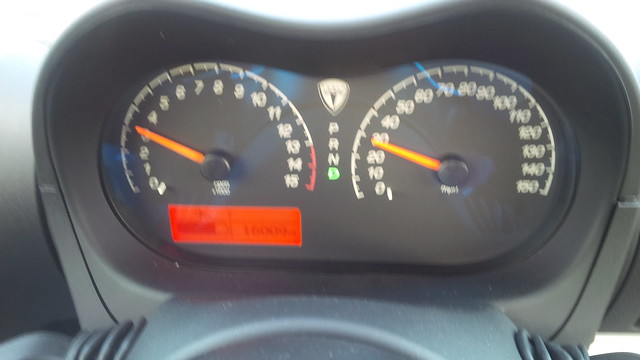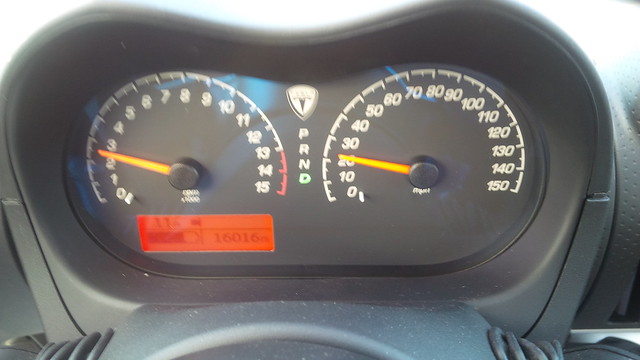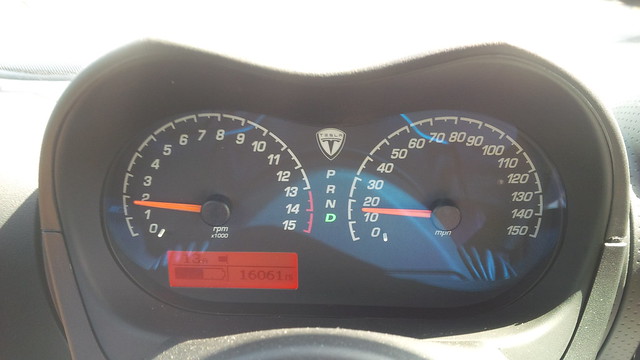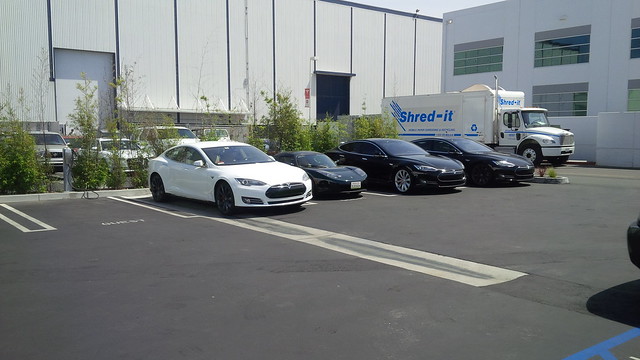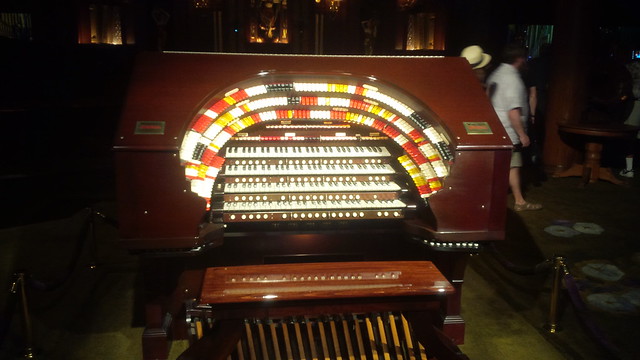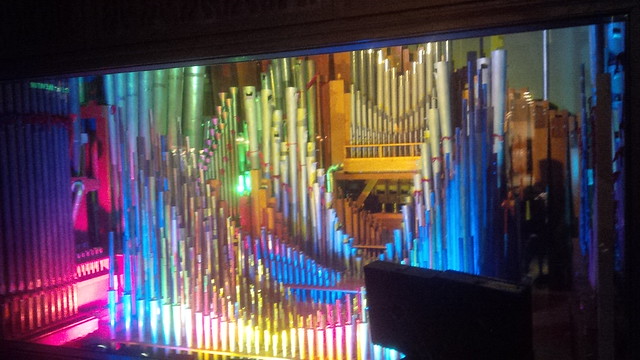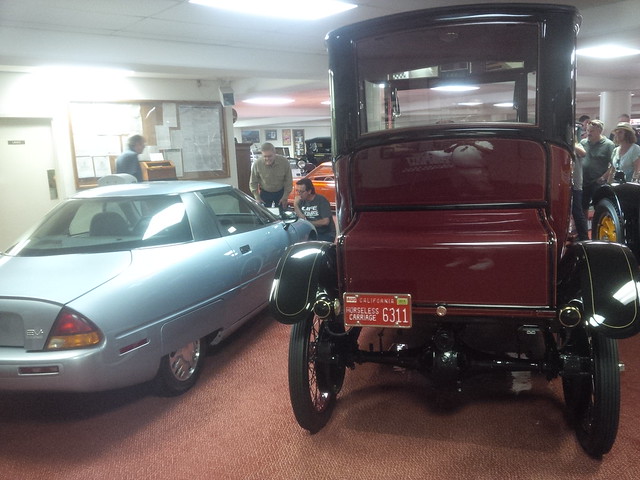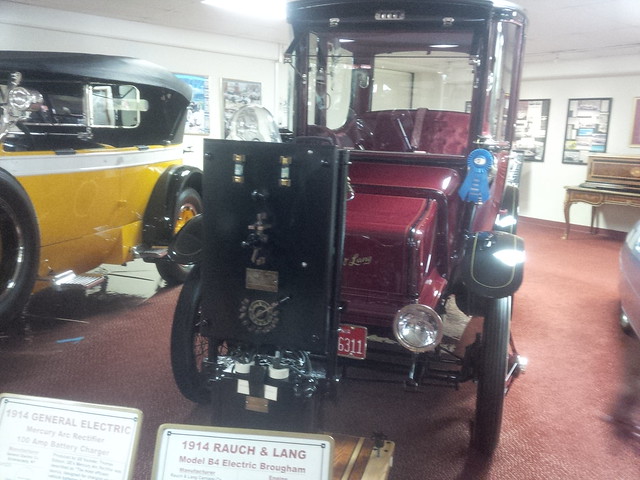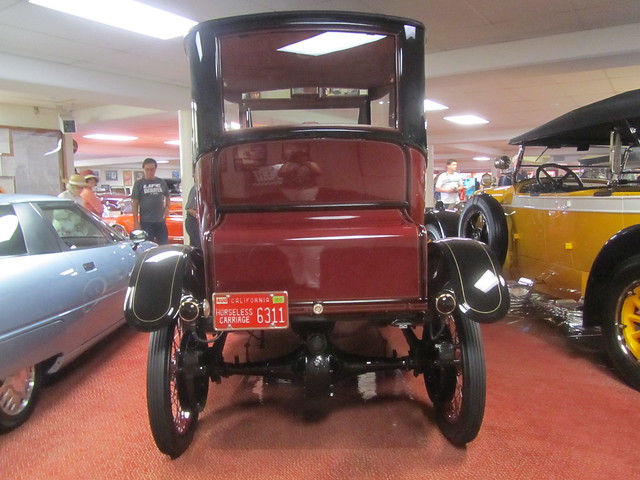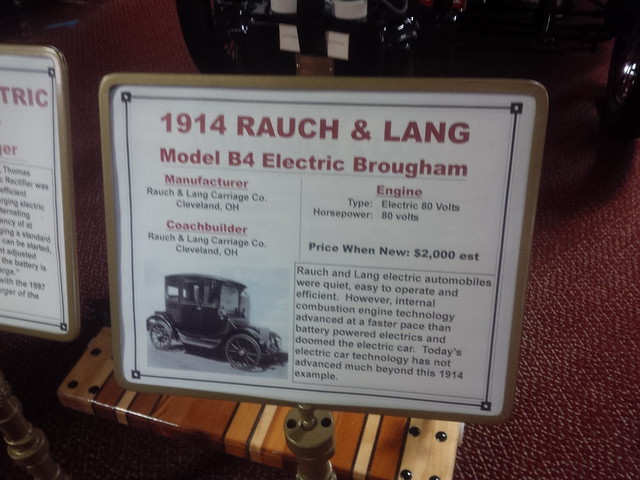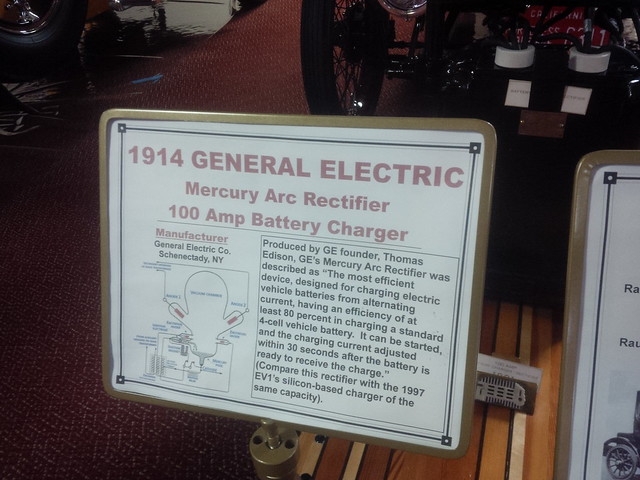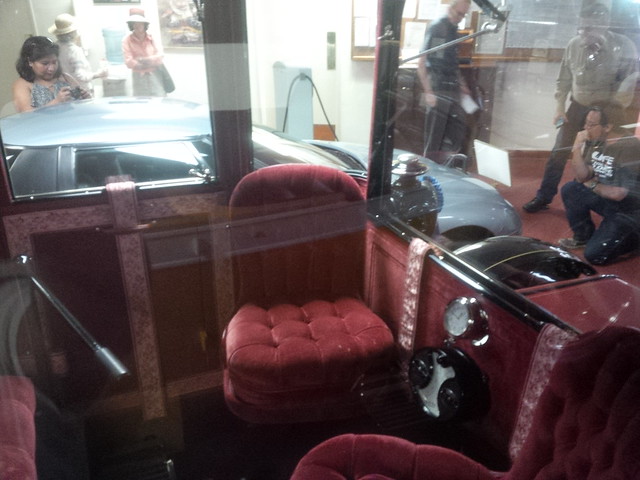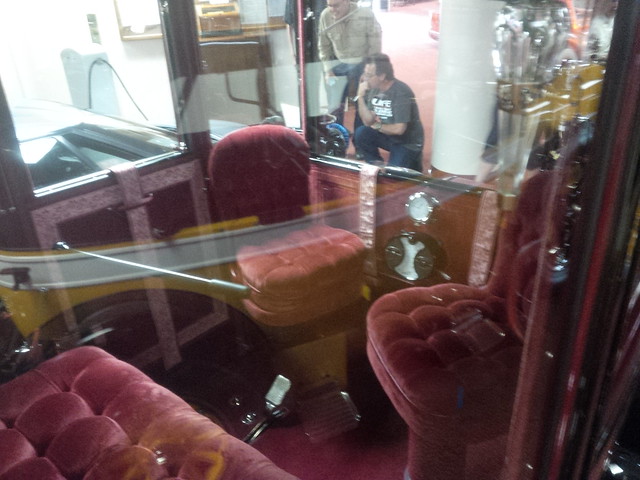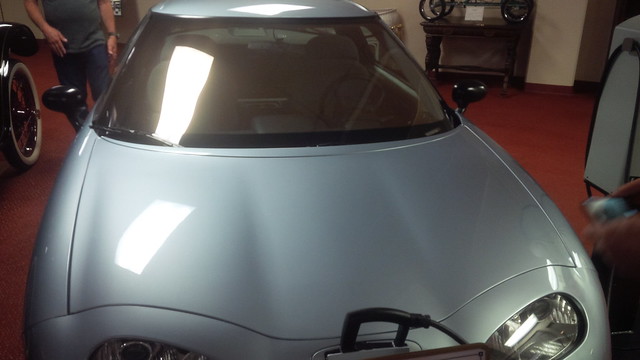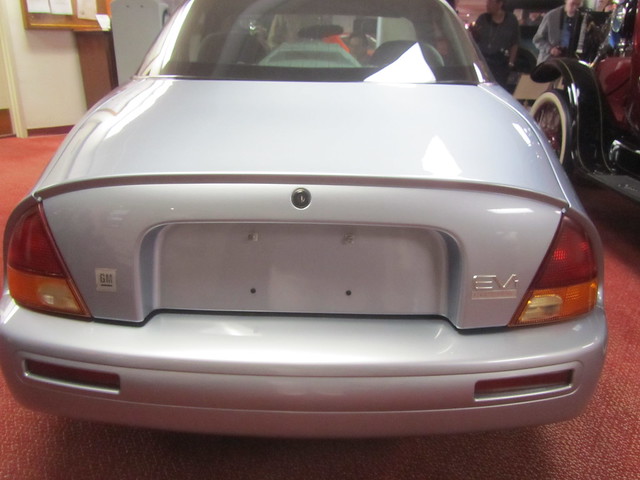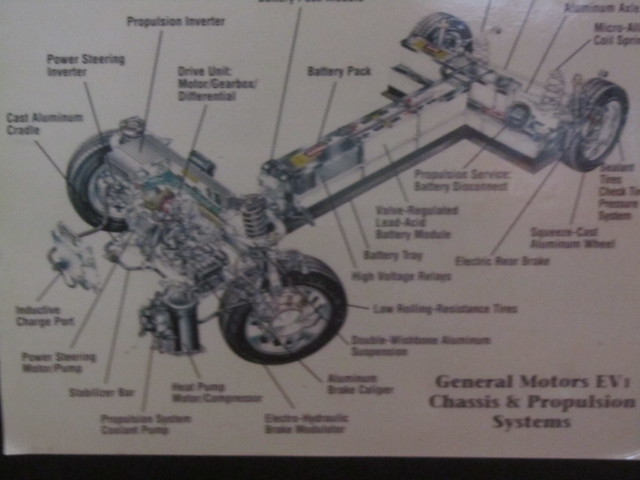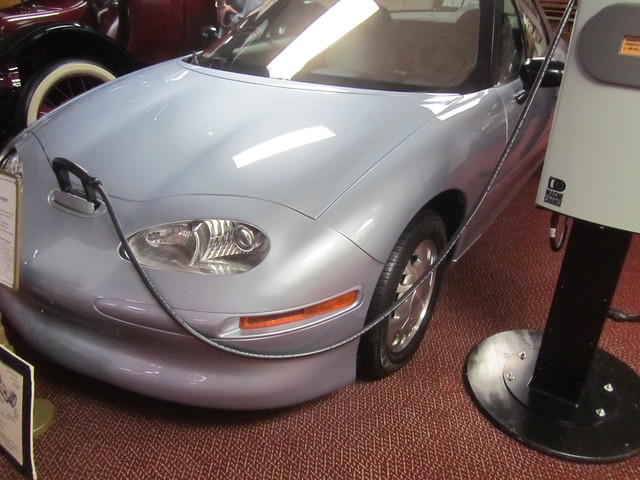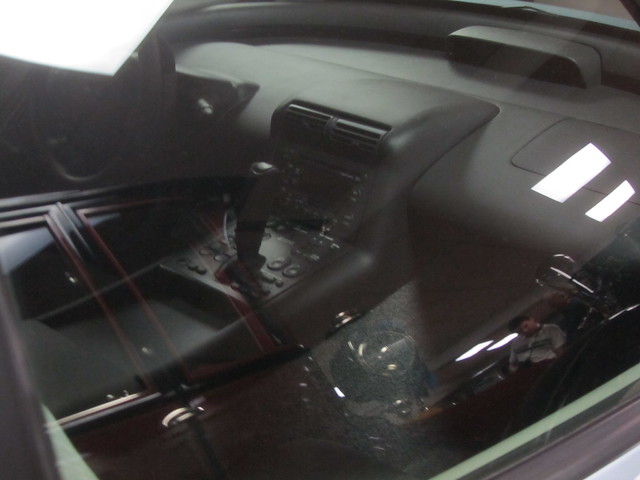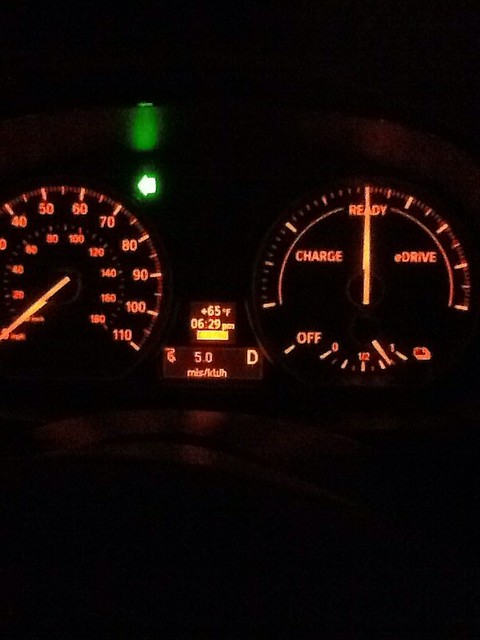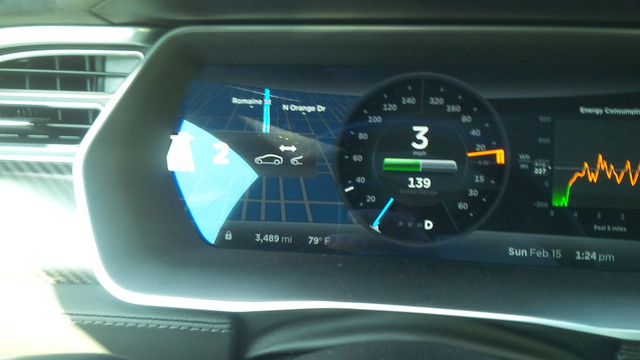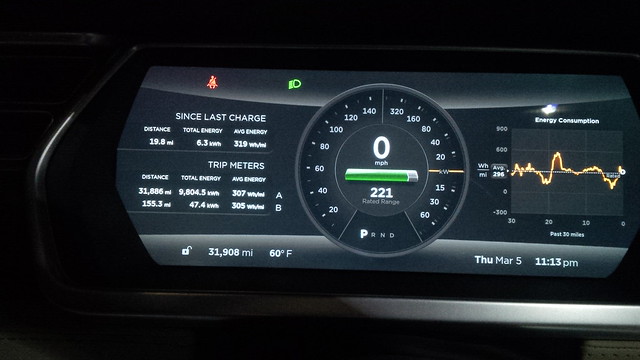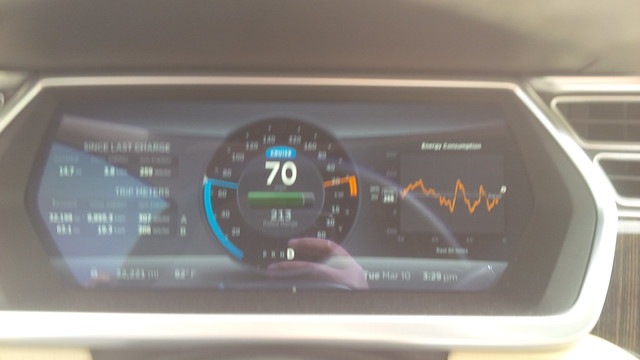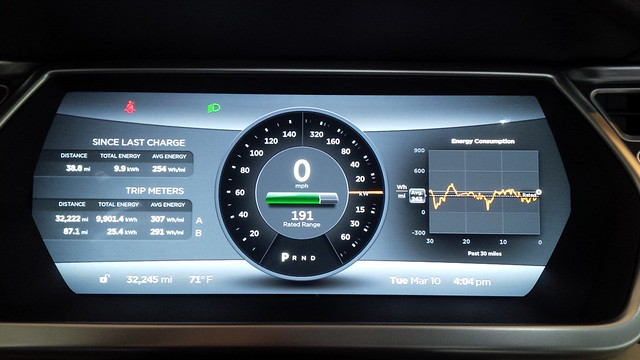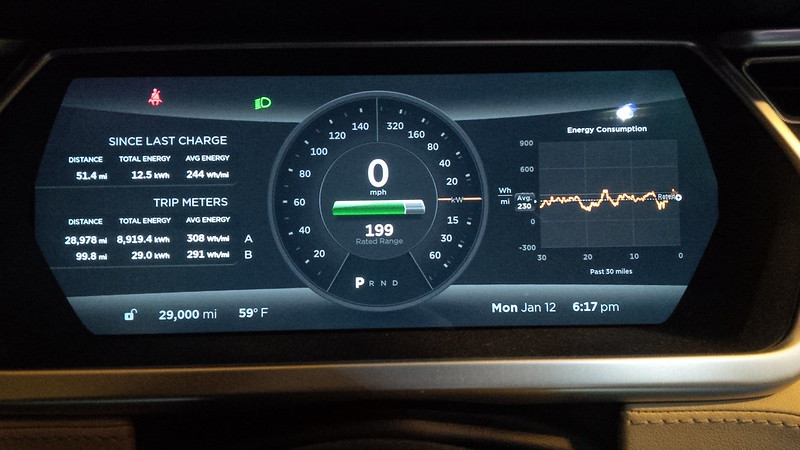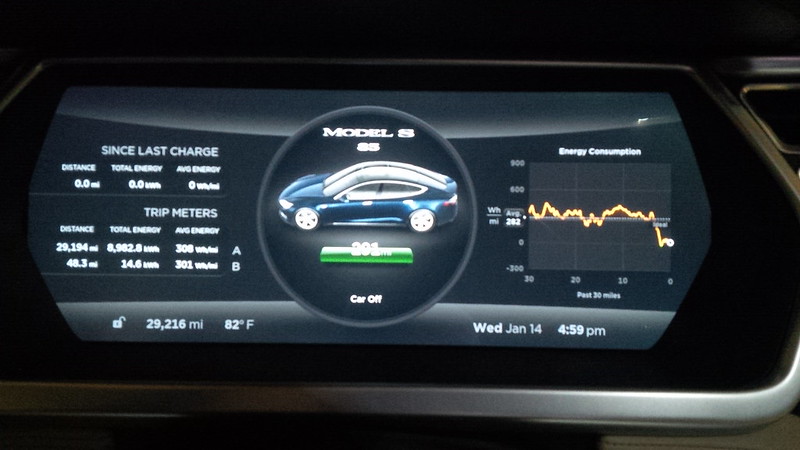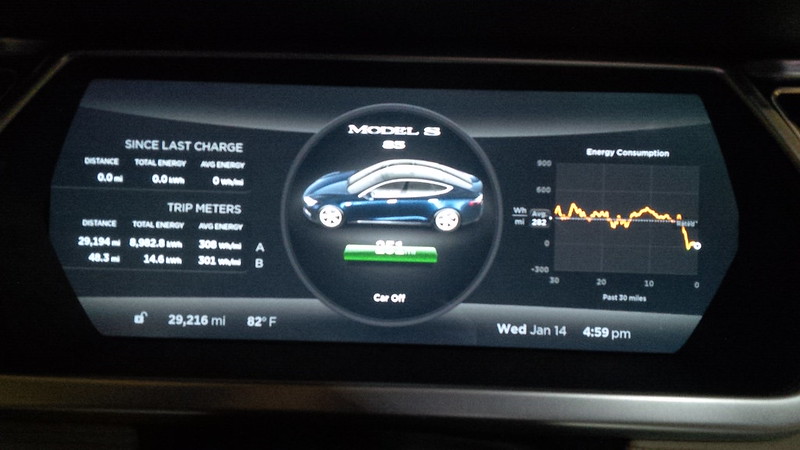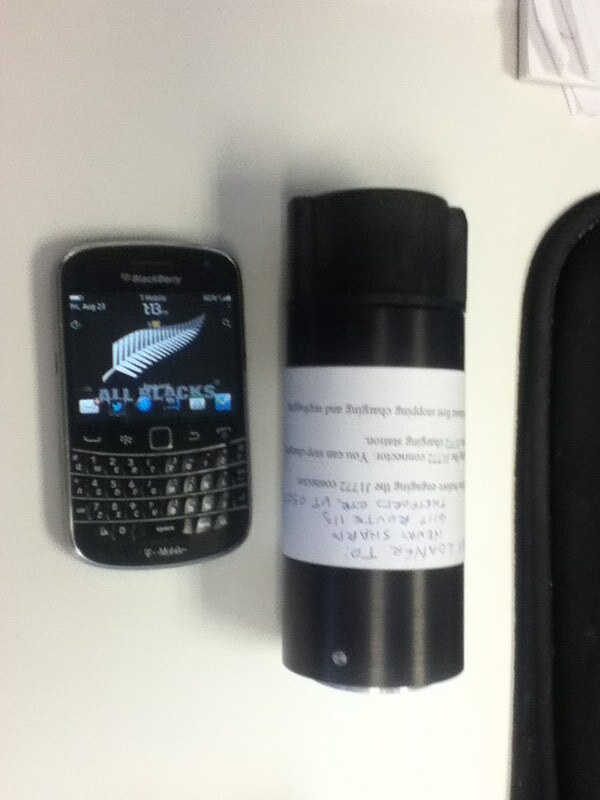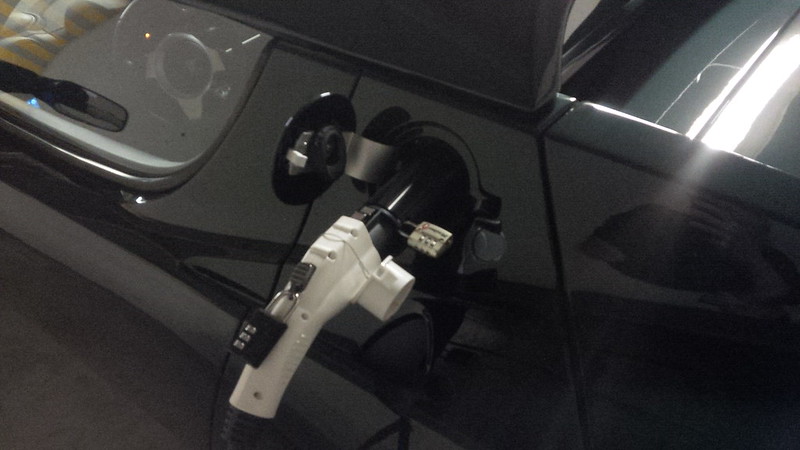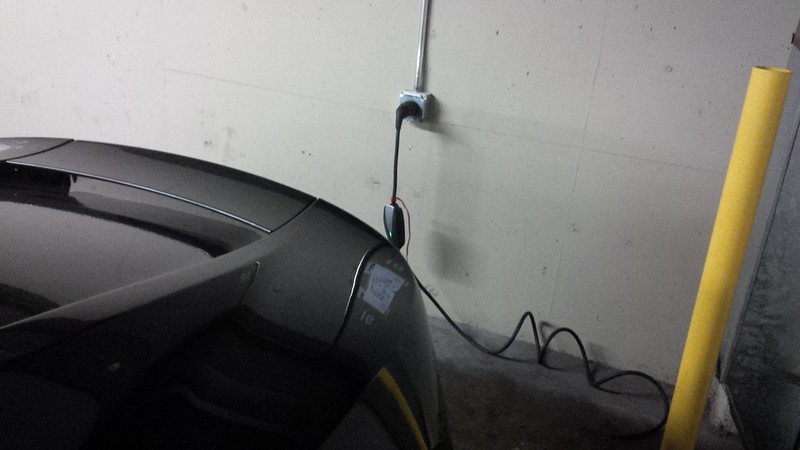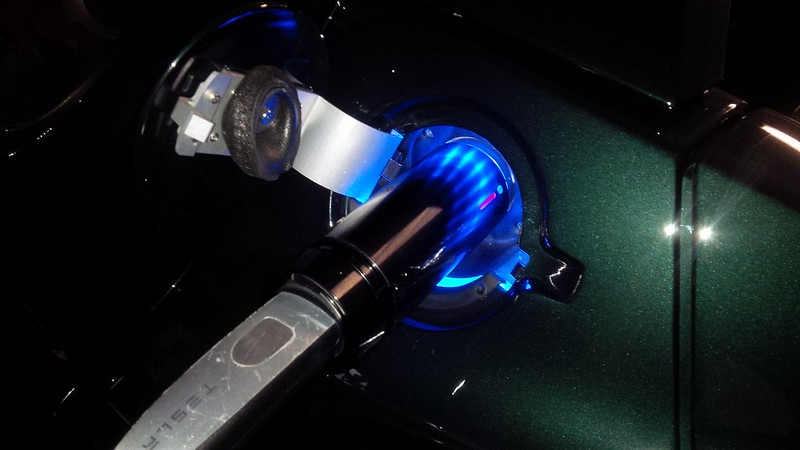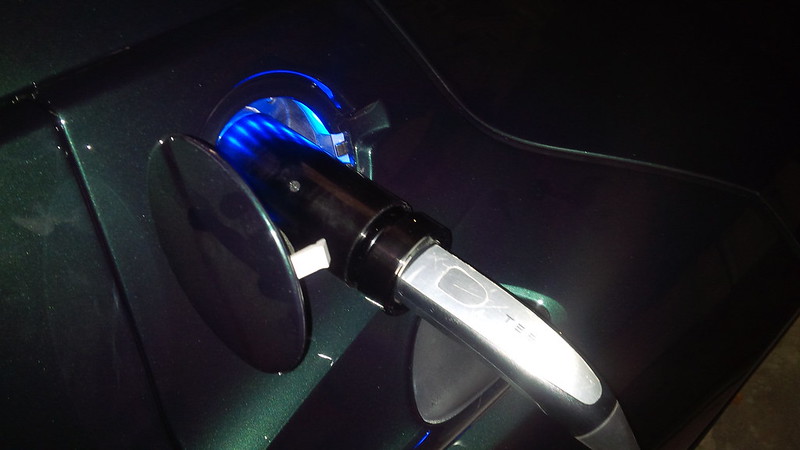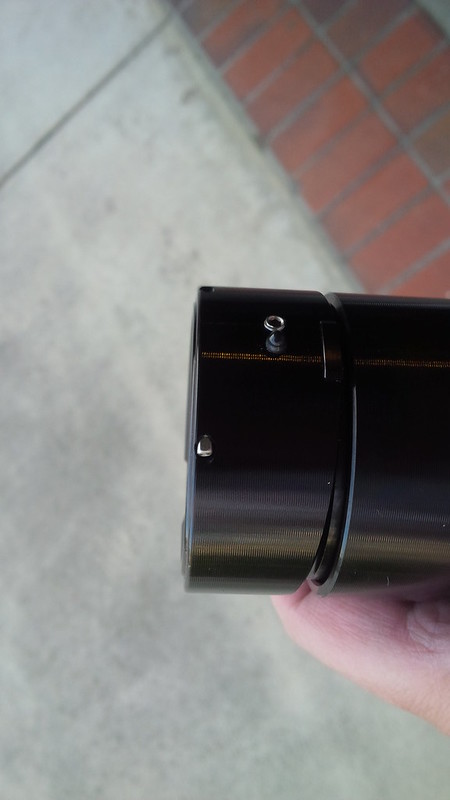On February 23, 2012, we joined the rEVolution with the addition of our BMW ActiveE.
This was one of the first pictures we took of our ActiveE when we picked up the car at Long Beach BMW. Shows a very happy, young rEVolutionary:
Brought it home and plugged it in… We didn’t even have our Level 2 installed at the time and had to charge a BEV with an 80-100 mile range on 120V.
Granted, my commute at the time was 70 miles roundtrip if I took the most direct route, and the “fastest” route used the carpool/HOV lanes and that was 100 miles roundtrip.
BMW’s friendly policies for ActiveE Electronauts meant that I was able to charge at Pacific BMW (a 10 minute walk from my office) J1772 station and ensure that I recovered my miles that first week.
I wrote about my first year of electric driving on the blog three years ago.
Once you go electric, it’s hard to look back. At the time that we picked up the Active E, we had a few ICE vehicles in the garage. The Active E was outnumbered by ICE vehicles and we figured to keep the ICE for our hybrid garage.
After taking delivery of the Active E, we we sold our Honda Civic Hybrid. There was no real need to keep it since we originally purchased the Honda as a commuter vehicle and the Yellow HOV stickers were expired by the time we picked up the Active E.
The two year lease of the Active E meant that there was pressure to see what “the next car” will be and we decided to place a deposit for the Model S. However, at the time, the plan was for my wife to get the S and for me to look for a replacement for the Active E.
We received our “configure your Model S” message in the beginning of 2013. However, we still had another year on the 2 year lease on the ActiveE and we didn’t think we would run with 2 EVs concurrently, so I took the time to test out other cars for me to use when we decide to become a 2 EV family, after all, the Model S was going to be her car. Since I wanted to ensure to get the Federal Tax Credit in 2013, we delayed the delivery of the vehicle to the end of the year. The ideal delivery would be December 31, 2013, however, understanding the Tesla process and to ensure that I get the vehicle with some “buffer” we settled to take delivery in November 2013.
Long time readers of the blog and participants of the now defunct Active E forums will remember the many test drives (a few sample test drives: Coda, Fiat 500e, Smart ED to name a few) and discussions over what my next car will be. I was really hoping to love the i3 and my wife was “under protest” if I went with the i3. At the end of the day, we skipped the i3, a decision that I discussed on a previous posting.
To make November 2013 delivery, we figured that we needed to start configuring our Model S on August 2013. It was at this time that we noticed a bunch of Tesla Roadsters being sold as Certified Pre-Owned (CPO) and my wife fell in love with her Roadster. So, it was at this point that we decided to pick a Roadster up and the Model S became my car.
Here is the Roadster on our pick-up day:
And here I am with a rare (driving my wife’s baby) picture:
Picking up the Roadster was awesome, but not without problems.
And a few months later, we did our first roadtrip with our Model S when we picked it up at the factory. And live-blogged the weekend a few hours before and a few days after. I summarized the whole weekend.
Here is our Model S on pickup day:
After the early start, factory tour and pickup of the Model S, our first recharge for the car…
…was for the driver. Needed Starbucks.
Though we started the year thinking that we wouldn’t need to drive 2 EVs, we ended up with 3 EVs from November 2013 until the return of the Active E to BMW on February 2014. The second year anniversary was a bittersweet one.
The following year of EV ownership strengthened our positive impression of Tesla Motors. The BMWi debacle in the launch of the i3 in the United States made us adjust back to the original plan of 2 EVs for daily use. Originally we wanted to get a third EV so that we can minimize the miles in the Roadster, but my better half was having too much fun driving her Roadster and didn’t feel like swapping it out on daily drives. So, we saved some money and skipped the third EV.
I didn’t even write a 3rd EV Anniversary post.
So, from February of last year to now, we’ve settled into a life with our two EV, one ICE hybrid garage.
This past year, we’re really just living the rEVolution on a day to day basis. We took our Model S on a Roadtrip Coast-to-Coast and back, and it was a blast. With over three years of EV driving, we don’t suffer from range anxiety, however the trip solidified our “can do” attitude as far as driving our EV for distances and this past year we took more roadtrips than we’ve done the previous years.
I would have loved to say that we hit 150,000 miles of all electric driving, but I will just have to settle on 148,404 electric miles vs 14,194 ICE with a little under 3 hours from the time we brought our Active E home 4 years ago (9pm Pacific vs. 9pm Eastern (6pm Pacific right now)). [EDITED 2016-March-5, Looks like I had an error in my tracking spreadsheet… We’re closer to 125,000 EV miles… I had transposed numbers in Month 16 of our tracking spreadsheet that overstated total miles by around 20,000 miles for totals. I was preparing for the Year 3 of our EV vs. ICE posting, and found the error…]
So, what’s in store for our EV future?
To begin with, we’re about 2 weeks from the third anniversary of my ICE vs EV statistics that I’ve been tracking and we broke 90% EV vs 10% ICE use after almost three years. But that’s another post.
My Thanksgiving 2015 post gives a good hint of what I’ve been up to. Additionally, I am happy to report that my client, EV Connect, Inc., was selected for three of the nine Electric Charging Highway Corridors for the California program. This project, when completed will allow all EVs equipped with CHAdeMO and/or CCS DC Fast chargers to complete the travel from the Mexican border to the Oregon border with Level 3 charging stations.
Additionally, the Model 3 reservation process will be open on March 31st for a $1,000 deposit. We’re trying to see if we’ll take advantage of this or not.
Lastly, we’re thinking of expanding our long EV roadtrip plans. We are tempted to do another coast-to-coast trip using one of the newer routes. Perhaps we’ll finally join the Teslaroadtrip folks on one of their cool get togethers. This year, they’re planning on something at Colonial Williamsburg, and we’ve never been. We’ll have to see if things work out for this trip.
Here’s to hoping that the Model 3 and its competing EVs become massive successes and we transition from ICE to EV at a faster rate.
In the meantime, time flies when you’re having fun.
